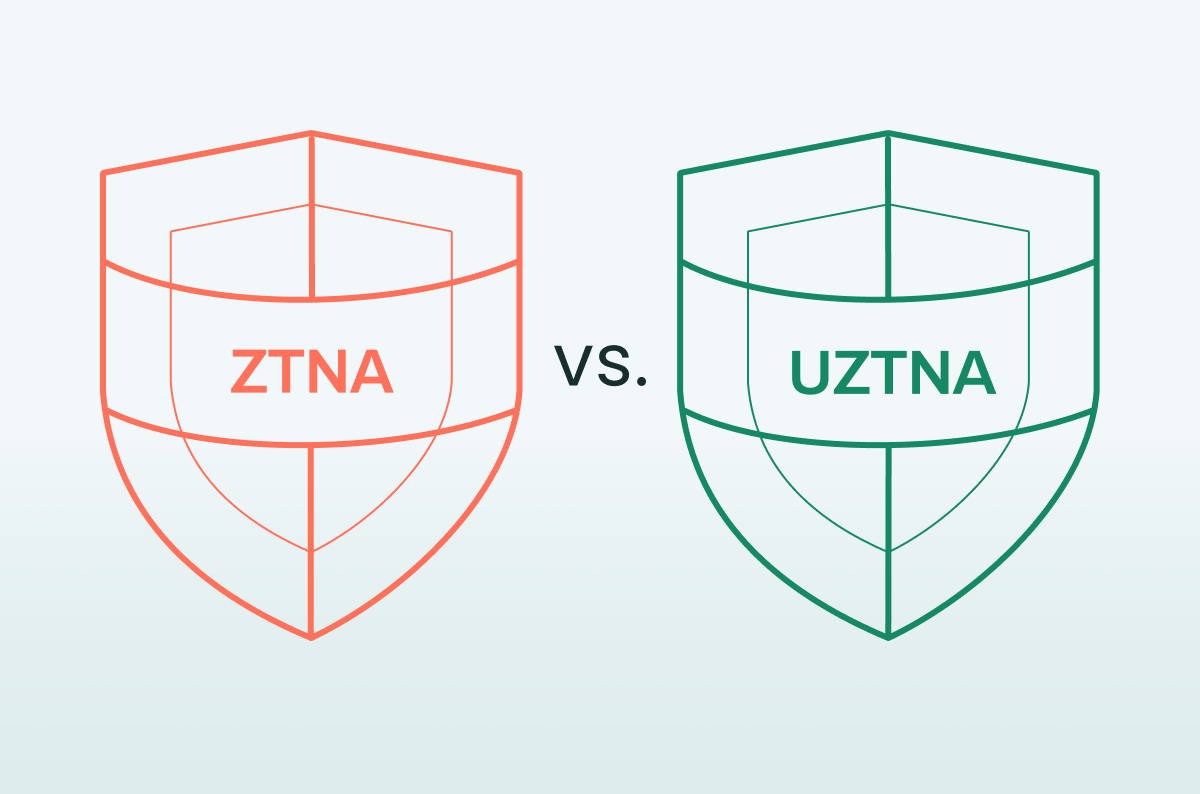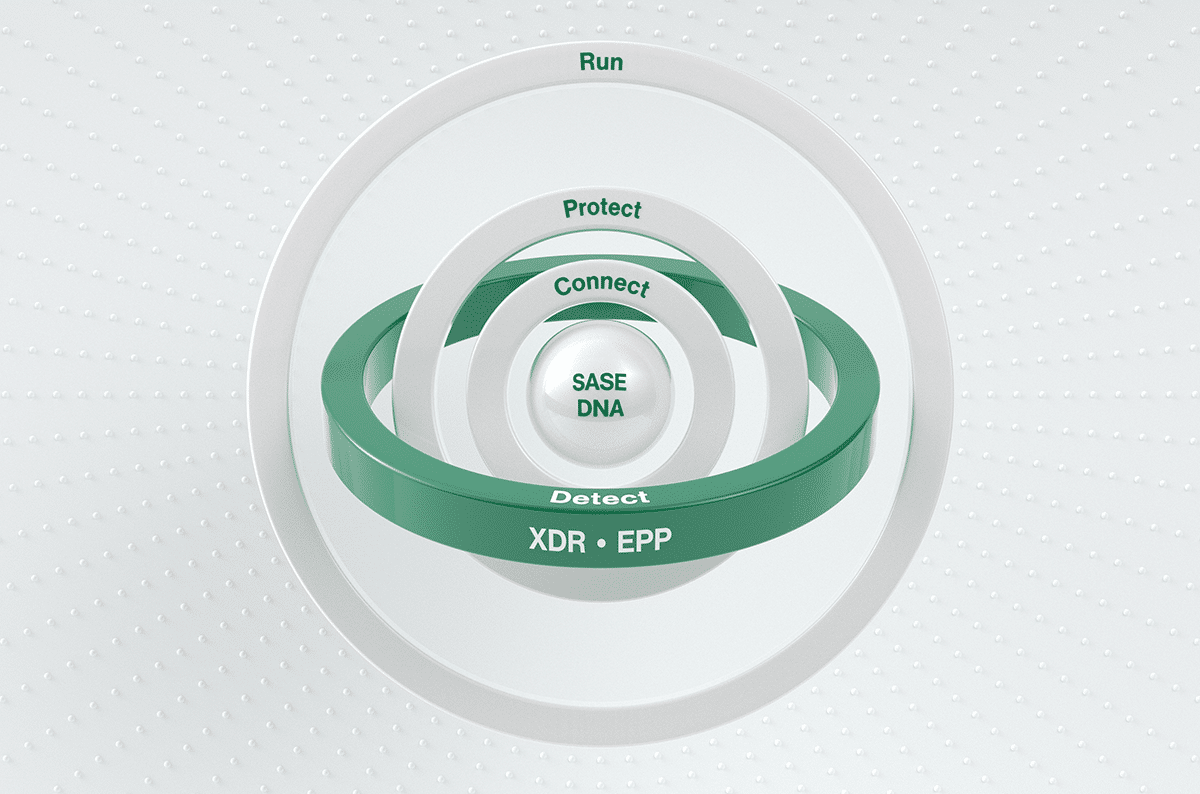ZTNA Face-Off: Traditional vs. Universal – Unveiling the Key Differences

|
Listen to post:
Getting your Trinity Audio player ready...
|
Introduction
In the ever-evolving cybersecurity landscape, the debate between Universal ZTNA and Traditional ZTNA is heating up. While Traditional ZTNA has been a cornerstone for secure access, Universal ZTNA is redefining the game with its comprehensive, adaptive approach. Imagine a security solution that fortifies your network and seamlessly integrates with any environment, providing unparalleled protection and flexibility. Ready to explore the future of secure access? Let’s dive into the world of Universal ZTNA versus Traditional ZTNA.
What is ZTNA?
In cybersecurity, Zero Trust Network Access (ZTNA) has emerged as a pivotal solution, ensuring secure access to applications regardless of user location. However, Cato Networks’ Universal ZTNA takes this further by unifying access policies across all environments—cloud, on-premises, and remote. While traditional ZTNA focuses on verifying user identity and device security, Universal ZTNA integrates continuous risk assessment and adaptive access controls, providing a seamless and consistent security posture. This holistic approach enhances security and simplifies management, making it a superior choice for modern enterprises.
Benefits of ZTNA
ZTNA enhances enterprise security by ensuring only authenticated and authorized users can access specific applications. This reduces the risk of data breaches and unauthorized access. ZTNA also improves visibility and control over user activities, enabling better monitoring and threat detection. Additionally, it supports remote work by providing secure access to internal resources from any location, enhancing employee productivity and flexibility.
Limitations of ZTNA
ZTNA can be complex and costly to implement, requiring significant changes to existing infrastructure. It may also introduce latency issues due to continuous verification processes. Additionally, ZTNA relies heavily on accurate user and device identification, which can be challenging to maintain. Integration with legacy systems can be difficult, and employees may resist due to the perceived inconvenience of stricter access controls.
For Remote and Hybrid Workforce
ZTNA can introduce latency due to continuous verification, potentially slowing down remote work. It also requires robust and accurate user/device identification, which can be challenging. Additionally, integrating ZTNA with legacy systems and ensuring seamless access for remote or hybrid workers can be complex and costly.
Impact on User Experience
ZTNA can negatively impact user experience by introducing latency due to continuous verification processes. It may also cause frustration among employees due to stricter access controls and frequent authentication requirements. Additionally, integrating ZTNA with existing systems can be complex, potentially leading to usability issues and disruptions.
Secure zero trust access to any user in minutes | ZTNA DemoWhat is Universal ZTNA?
Universal Zero Trust Network Access (UZTNA) is an advanced security model that consistently applies zero-trust principles across all environments, whether users are on-premises, remote, or hybrid. It ensures secure access to applications and data by verifying every user and device, regardless of location. Universal ZTNA eliminates the need for separate security solutions for different environments, providing a seamless and secure user experience. This approach supports digital transformation by enabling secure, scalable, and efficient access to enterprise resources, enhancing overall security posture and operational efficiency.
Difference Between ZTNA and Universal ZTNA
ZTNA and Universal ZTNA enhance security by verifying users and devices before granting access. However, ZTNA typically applies to specific environments, such as on-premises or remote, and may require different solutions for different locations. In contrast, Universal ZTNA provides consistent security across all environments, whether users are on-premises, remote, or hybrid. This eliminates the need for separate security solutions and ensures a seamless user experience regardless of location. Universal ZTNA simplifies management and enhances security by applying a single enforcement policy across the entire network.
Benefit of Using Universal ZTNA
For Remote/Hybrid Workforce
Universal ZTNA provides a consistent and secure user experience for remote and hybrid workforces by applying uniform security policies across all environments. This ensures seamless access to applications and data, regardless of location, enhancing productivity and reducing the risk of security breaches.
For User Experience
Universal ZTNA enhances user experience by providing consistent and secure access to applications and data, regardless of location. This seamless access reduces disruptions and improves productivity. Additionally, it simplifies the management of security policies, ensuring a smooth and efficient user experience across the entire enterprise.
Industries that Benefit from Universal ZTNA
Healthcare
Universal ZTNA enhances security in the healthcare industry by ensuring only authenticated users and devices can access sensitive data, reducing the risk of breaches. It supports compliance with regulations like HIPAA by enforcing strict access controls and providing audit trails. Additionally, Universal ZTNA facilitates secure remote access for telehealth and remote patient monitoring, improving patient care and operational efficiency. This approach also simplifies managing diverse medical devices and systems.
Sales Organizations
Universal ZTNA enhances security and productivity in a sales organization by providing consistent, secure access to applications and data, regardless of location. This ensures sales teams can work efficiently from anywhere, improving flexibility and responsiveness. Additionally, it simplifies the management of security policies, reducing the burden on IT teams and ensuring compliance with data protection regulations. This approach ultimately supports better customer service and sales performance.
Why Cato Networks for Universal ZTNA?
Cato Networks’ Universal ZTNA provides a unified, risk-based access policy for all user locations, minimizing the attack surface by adhering to the principle of least privilege. It continuously evaluates device posture, including operating systems, patches, anti-virus, and disk encryption, ensuring compliance throughout the session. Additionally, the solution optimizes application performance across all locations using a global private backbone, reducing latency and improving service quality.
The platform also offers secure, browser-based access to private applications for third-party and BYOD scenarios with minimal setup. It provides full visibility and control over remote access with dedicated dashboards for monitoring user connectivity and activity, ensuring a consistent and secure user experience.
In Conclusion…
In today’s dynamic digital landscape, Cato Networks’ Universal Zero Trust Network Access (ZTNA) stands out as a game-changer. By leveraging a single, risk-based policy, Cato ensures seamless and secure access to enterprise resources, whether users are in the office, at home, or on the go. This innovative solution continuously evaluates device posture and optimizes application performance, providing a consistent and secure user experience across the globe. With Cato’s Universal ZTNA, organizations can confidently embrace the future of work, knowing the highest security standards protect their data.
Elevate your cybersecurity strategy with Cato Networks’ Universal ZTNA—experience seamless, adaptive access control across all environments. Click here to learn how Cato secured another global enterprise with remote access.















